-
EXECUTIVE SUMMARY
-
MARKET INTRODUCTION
-
Market Definition
-
Scope of the Study
- Research Objectives
- Assumptions & Limitations
-
Market Structure
-
RESEARCH METHODOLOGY
-
Research Process
-
Secondary Research
-
Primary Research
-
Forecast Model
-
MARKET FACTOR ANALYSIS
-
Supply Chain Analysis
- Raw Material Suppliers
- Manufacturers/Producers
- Distributors, Retailers, and Wholesalers
- End Users
-
Porter''s Five Forces Analysis
- Threat of New Entrants
- Bargaining Power of Buyers
- Bargaining Power of Suppliers
- Threat of Substitutes
- Intensity of Rivalry
-
Impact of COVID-19 on Global Lactose-free Butter Market
- Impact on Retail Sales
- Impact on Raw Material Availability
- Impact on Consumer Buying Behavior
- Impact on Store Vs. Online Sales
- Others
-
MARKET DYNAMICS
-
Introduction
-
Drivers
-
Restraints
-
Opportunities
-
Challenges
-
GLOBAL LACTOSE-FREE BUTTERMARKET, BY PRODUCT TYPE
-
Introduction
-
Salted Butter
- Market Estimates & Forecast, 2021-2028
- Market Estimates & Forecast, by Region, 2021-2028
-
UnsaltedSalted Butter
- Market Estimates & Forecast, 2021-2028
- Market Estimates & Forecast, by Region, 2021-2028
-
GLOBAL LACTOSE-FREE BUTTERMARKET, BY CATEGORY
-
Introduction
-
Conventional
- Market Estimates & Forecast, 2021-2028
- Market Estimates & Forecast, by Region, 2021-2028
-
Organic
- Market Estimates & Forecast, 2021-2028
- Market Estimates & Forecast, by Region, 2021-2028
-
GLOBAL LACTOSE-FREE BUTTERMARKET, BY DISTRIBUTION CHANNEL
-
Introduction
-
Store-Based
- Market Estimates & Forecast, 2021-2028
- Market Estimates & Forecast, by Region, 2021-2028
- Supermarkets&Hypermarkets
- ConvenienceStores
- Others
-
Non-Store-Based
- Market Estimates & Forecast,2021-2028
- Market Estimates & Forecast, by Region, 2021-2028
-
GLOBAL LACTOSE-FREE BUTTERMARKET, BY REGION
-
Introduction
-
North America
- Market Estimates & Forecast, 2021-2028
- Market Estimates & Forecast, by Product Type, 2021-2028
- Market Estimates & Forecast, by Category, 2021-2028
- Market Estimates & Forecast, by Distribution Channel, 2021-2028
- Market Estimates & Forecast, by Country, 2021-2028
- US
- Canada
- Mexico
-
Europe
- Market Estimates & Forecast, 2021-2028
- Market Estimates & Forecast, by Product Type, 2021-2028
- Market Estimates & Forecast, by Category, 2021-2028
- Market Estimates & Forecast, by Distribution Channel, 2021-2028
- Market Estimates & Forecast, by Country, 2021-2028
- Germany
- UK
- France
- Spain
- Italy
- Rest of Europe
-
Asia-Pacific
- Market Estimates & Forecast, 2021-2028
- Market Estimates & Forecast, by Product Type, 2021-2028
- Market Estimates & Forecast, by Category, 2021-2028
- Market Estimates & Forecast, by Distribution Channel, 2021-2028
- Market Estimates & Forecast, by Country, 2021-2028
- China
- Japan
- India
- Australia & New Zealand
- Rest of Asia-Pacific
-
Rest of the World
- Market Estimates & Forecast, 2021-2028
- Market Estimates & Forecast, by Product Type, 2021-2028
- Market Estimates & Forecast, by Category, 2021-2028
- Market Estimates & Forecast, by Distribution Channel, 2021-2028
- Market Estimates & Forecast, by Region, 2021-2028
- South America
- Middle East
- Africa
-
COMPETITIVE LANDSCAPE
-
Introduction
-
Market Strategy
-
Key Development Analysis
-
(Expansions/Mergers& Acquisitions/JointVentures/New ProductDevelopments/Agreements/Investments)
-
COMPANY PROFILES
-
Arla Foods amba
- Company Overview
- Key Financials
- Products Offerred
- Key Developments
- SWOT Analysis
- Key Strategies
-
Conagra Brands, Inc.
- Company Overview
- Key Financials
- Products Offered
- Key Developments
- SWOT Analysis
- Key Strategies
-
Green Valley Creamery
- Company Overview
- Key Financials
- Products Offerred
- Key Developments
- SWOT Analysis
- Key Strategies
-
California Dairies, Inc. (Challenge Dairy)
- Company Overview
- Key Financials
- Products Offerred
- Key Developments
- SWOT Analysis
- Key Strategies
-
Valio Ltd
- Company Overview
- Key Financials
- Products Offerred
- Key Developments
- SWOT Analysis
- Key Strategies
-
Upfield (Shedd''s Country Crock)
- Company Overview
- Key Financials
- Products Offerred
- Key Developments
- SWOT Analysis
- Key Strategies
-
Johnson & Johnson Services, Inc(McNeil Nutritionals – LACTAID)
- Company Overview
- Key Financials
- Products Offerred
- Key Developments
- SWOT Analysis
- Key Strategies
-
Lactalis Canada
- Company Overview
- Key Financials
- Products Offerred
- Key Developments
- SWOT Analysis
- Key Strategies
-
OMIRA GmbH
- Company Overview
- Key Financials
- Products Offerred
- Key Developments
- SWOT Analysis
- Key Strategies
-
Prosperity Organic Foods, Inc.
- Company Overview
- Key Financials
- Products Offerred
- Key Developments
- SWOT Analysis
- Key Strategies
-
CONCLUSION
-
-
LIST OF TABLES
-
TABLE 1Global Lactose-free ButterMarket, by Region, 2020-2030(USD Million)
-
Global Lactose-free ButterMarket, by ProductType, 2020-2030(USD Million)
-
Global Lactose-free ButterMarket, by Category, 2020-2030(USD Million)
-
Global Lactose-free ButterMarket, by Distribution Channel, 2020-2030(USD Million)
-
North America: Lactose-free ButterMarket, by Country, 2020-2030(USD Million)
-
North America: Lactose-free ButterMarket, by Product Type, 2020-2030(USD Million)
-
North America: Lactose-free ButterMarket, by Category, 2020-2030(USD Million)
-
North America: Lactose-free ButterMarket, by Distribution Channel, 2020-2030(USD Million)
-
US: Lactose-free ButterMarket, by Product Type, 2020-2030(USD Million)
-
US: Lactose-free ButterMarket, by Category, 2020-2030(USD Million)
-
US: Lactose-free ButterMarket, by Distribution Channel, 2020-2030(USD Million)
-
Canada: Lactose-free ButterMarket, by Product Type, 2020-2030(USD Million)
-
Canada: Lactose-free ButterMarket, by Category, 2020-2030(USD Million)
-
Canada: Lactose-free ButterMarket, by Distribution Channel, 2020-2030(USD Million)
-
Mexico: Lactose-free ButterMarket, by Product Type, 2020-2030(USD Million)
-
Mexico: Lactose-free ButterMarket, by Category, 2020-2030(USD Million)
-
Mexico: Lactose-free ButterMarket, by Distribution Channel, 2020-2030(USD Million)
-
Europe: Lactose-free ButterMarket, by Country, 2020-2030(USD Million)
-
Europe: Lactose-free ButterMarket, by Product Type, 2020-2030(USD Million)
-
Europe: Lactose-free ButterMarket, by Category, 2020-2030(USD Million)
-
Europe: Lactose-free ButterMarket, by Distribution Channel, 2020-2030(USD Million)
-
Germany: Lactose-free ButterMarket, by ProductType, 2020-2030(USD Million)
-
Germany: Lactose-free ButterMarket, by Category, 2020-2030(USD Million)
-
Germany: Lactose-free ButterMarket, by Distribution Channel, 2020-2030(USD Million)
-
France: Lactose-free ButterMarket, by ProductType, 2020-2030(USD Million)
-
France: Lactose-free ButterMarket, by Category, 2020-2030(USD Million)
-
France: Lactose-free ButterMarket, by Distribution Channel, 2020-2030(USD Million)
-
Italy: Lactose-free ButterMarket, by Product Type, 2020-2030(USD Million)
-
Italy: Lactose-free ButterMarket, by Category, 2020-2030(USD Million)
-
Italy: Lactose-free ButterMarket, by Distribution Channel, 2020-2030(USD Million)
-
Spain: Lactose-free ButterMarket, by Product Type, 2020-2030(USD Million)
-
Spain: Lactose-free ButterMarket, by Category, 2020-2030(USD Million)
-
Spain: Lactose-free ButterMarket, by Distribution Channel, 2020-2030(USD Million)
-
UK: Lactose-free ButterMarket, by Product Type, 2020-2030(USD Million)
-
UK: Lactose-free ButterMarket, by Category, 2020-2030(USD Million)
-
UK: Lactose-free ButterMarket, by Distribution Channel, 2020-2030(USD Million)
-
Rest of Europe: Lactose-free ButterMarket, by Product Type, 2020-2030(USD Million)
-
Rest of Europe: Lactose-free ButterMarket, by Category, 2020-2030(USD Million)
-
Rest of Europe: Lactose-free ButterMarket, by Distribution Channel, 2020-2030(USD Million)
-
Asia-Pacific: Lactose-free ButterMarket, by Country, 2020-2030(USD Million)
-
Asia-Pacific: Lactose-free ButterMarket, by Product Type, 2020-2030(USD Million)
-
Asia-Pacific: Lactose-free ButterMarket, by Category, 2020-2030(USD Million)
-
Asia-Pacific: Lactose-free ButterMarket, by Distribution Channel, 2020-2030(USD Million)
-
China: Lactose-free ButterMarket, by Product Type, 2020-2030(USD Million)
-
China: Lactose-free ButterMarket, by Category, 2020-2030(USD Million)
-
China: Lactose-free ButterMarket, by Distribution Channel, 2020-2030(USD Million)
-
India: Lactose-free ButterMarket, by Product Type, 2020-2030(USD Million)
-
India: Lactose-free ButterMarket, by Category, 2020-2030(USD Million)
-
India: Lactose-free ButterMarket, by Distribution Channel, 2020-2030(USD Million)
-
Japan: Lactose-free ButterMarket, by Product Type, 2020-2030(USD Million)
-
Japan: Lactose-free ButterMarket, by Category, 2020-2030(USD Million)
-
Japan: Lactose-free ButterMarket, by Distribution Channel, 2020-2030(USD Million)
-
Rest of Asia-Pacific: Lactose-free ButterMarket, by Product Type, 2020-2030(USD Million)
-
Rest of Asia-Pacific: Lactose-free ButterMarket, by Category, 2020-2030(USD Million)
-
Rest of Asia-Pacific: Lactose-free ButterMarket, by Distribution Channel, 2020-2030(USD Million)
-
Rest of the World (RoW): Lactose-free ButterMarket, by Region, 2020-2030(USD Million)
-
Rest of the World (RoW): Lactose-free ButterMarket, by Product Type, 2020-2030(USD Million)
-
Rest of the World (RoW): Lactose-free ButterMarket, by Category, 2020-2030(USD Million)
-
Rest of the World (RoW): Lactose-free ButterMarket, by Distribution Channel, 2020-2030(USD Million)
-
South America: Lactose-free ButterMarket, by ProductType, 2020-2030(USD Million)
-
South America: Lactose-free ButterMarket, by Category, 2020-2030(USD Million)
-
South America: Lactose-free ButterMarket, by Distribution Channel, 2020-2030(USD Million)
-
Middle East: Lactose-free ButterMarket, by Product Type, 2020-2030(USD Million)
-
Middle East: Lactose-free ButterMarket, by Category, 2020-2030(USD Million)
-
Middle East: Lactose-free ButterMarket, by Distribution Channel, 2020-2030(USD Million)
-
Africa: Lactose-free ButterMarket, by ProductType, 2020-2030(USD Million)
-
Africa: Lactose-free ButterMarket, by Category, 2020-2030(USD Million)
-
Africa: Lactose-free ButterMarket, by Distribution Channel, 2020-2030(USD Million)
-
-
LIST OF FIGURES
-
Global Lactose-free ButterMarket Segmentation
-
Forecast Research Methodology
-
Porters Five Forces Analysis of the Global Lactose-free ButterMarket
-
Value Chain of the Global Lactose-free ButterMarket
-
Share of the Global Lactose-free ButterMarket in 2019, by Country (%)
-
Global Lactose-free ButterMarket, by Region, 2019–2028 (USD Million)
-
Global Lactose-free ButterMarket Size, by Product Type, 2020 (USD Million)
-
Share of the Global Lactose-free ButterMarket, by Product Type, 2019–2028(%)
-
Global Lactose-free ButterMarket Size, by Category, 2020 (USD Million)
-
Share of the Global Lactose-free ButterMarket, by Category, 2019–2028(%)
-
Global Lactose-free ButterMarket Size, by Distribution Channel, 2020 (USD Million)
-
Share of the Global Lactose-free ButterMarket, by Distribution Channel, 2019–2028(%)

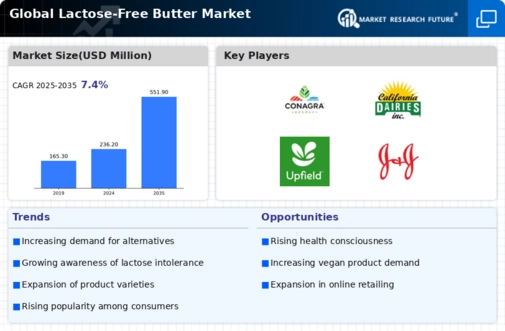
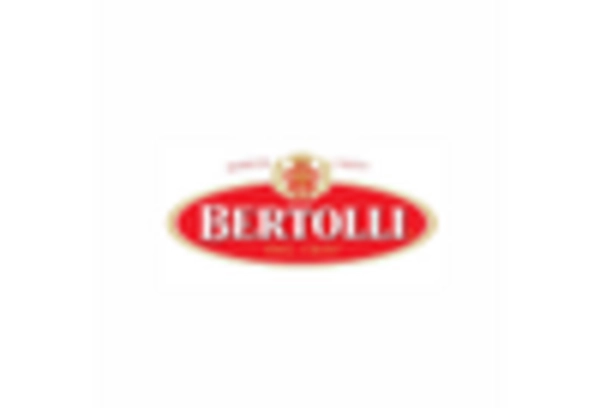
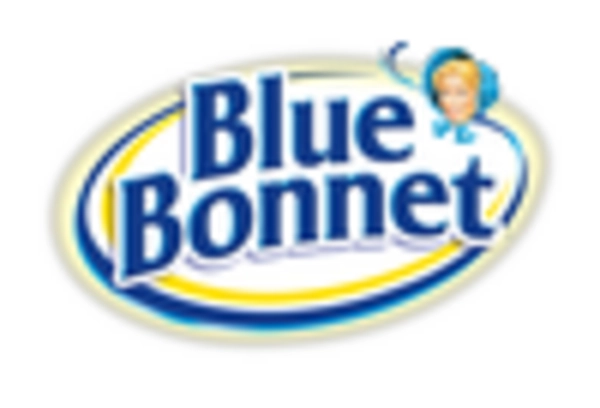
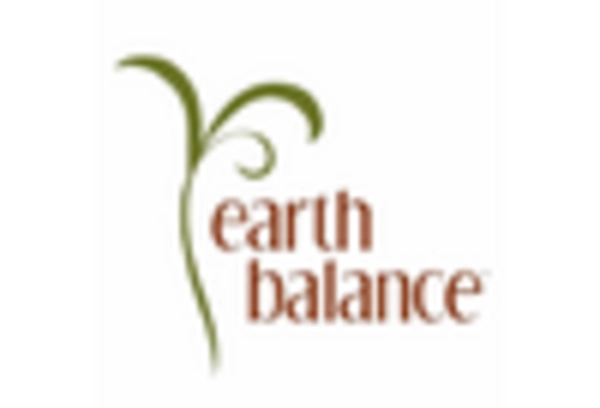
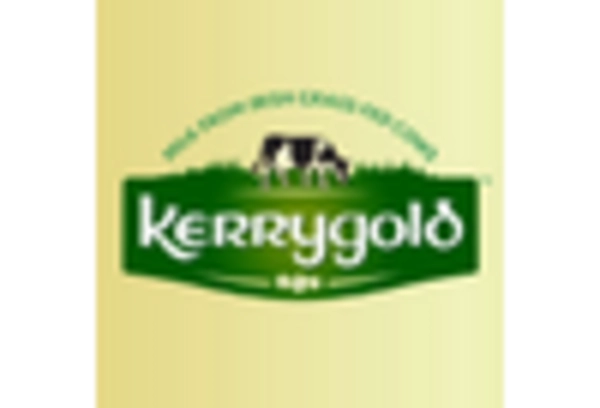
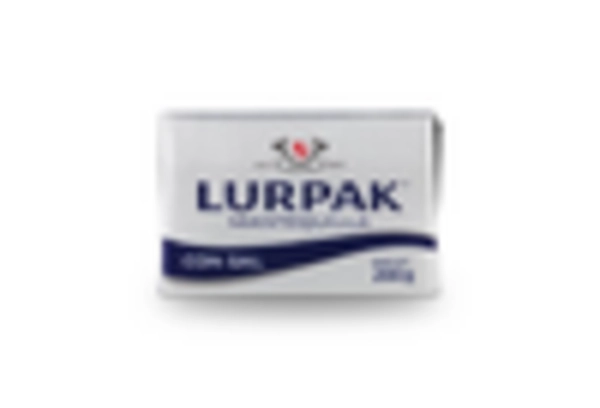
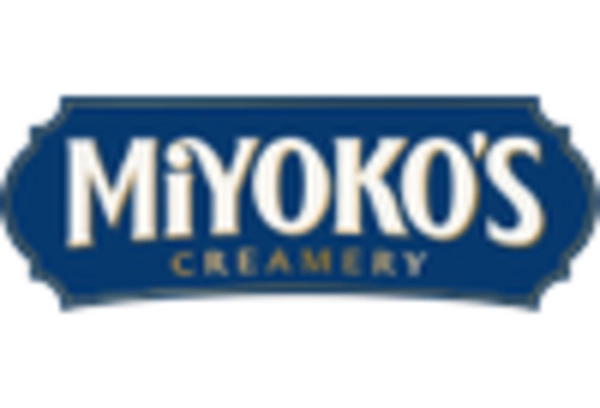









Leave a Comment